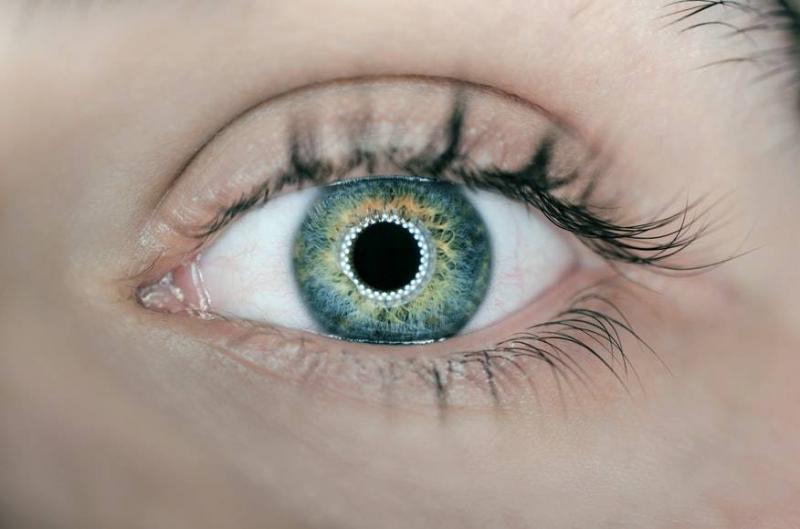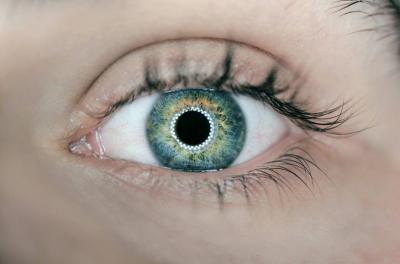A team of Australian researchers has made a significant scientific breakthrough in electronic eye technology that could give the ability to see back to millions suffering from various forms of visual impairment. Researchers at the University of Sydney and the University of New South Wales successfully conducted trials of electronic eye implants on sheep. The modern technology provided a small herd of sheep with "exceptional sharp vision" by surgically implanting mechanical eyes behind their retinas. The experiment found that the sheep, which spent three months last year with the artificial mechanical eyes, regained partial vision, and the technology remained compatible with their bodies. As a result, the team has now applied to begin implantation tests on human patients.
Samuel Igenberger, a biomedical engineer who worked on the implant, stated, "There were no unexpected interactions from the tissues surrounding the device, and we expect it to remain in place for many years." Another researcher added, "We found that the device has very little impact on the neural cells necessary to fool the brain... and we expect it can stay safely in place for many years."
The intention behind testing the technology in sheep was to ensure that the implants did not cause unwanted side effects.
### How Does the Technology Work?
The implant device, named Phoenix 99, essentially tricks the eye into relearning how to see by wirelessly transmitting signals from a small camera attached to a pair of sunglasses directly to the retina of the wearer in the form of electrical signals. These signals are then processed by the optic nerve and sent to the brain. Typically, the human retina senses light and sends electrical pulses to the brain for processing. Patients with degenerative retinal diseases lose this function over time, leading to blindness.
The implant creates an artificial retina using cameras fitted onto sunglasses placed near the patient's eyes. The cameras then convert light into electrical signals in the way that a retina normally functions and the implant transmits these signals to the brain. With healthy cells remaining in the eye, the implanted technology can restore partial vision to patients.
Experts believe that electronic eyes like the Phoenix 99 could become common within a few years. Several biomedical scientists have worked on developing similar electronic eye systems over the years, and the field has seen steady progress with new developments successfully restoring partial vision.
For example, a team in Germany developed an electronic eye implant several years ago using small panels of light-sensitive photodiodes to detect light and translate it into electrical pulses. Many other companies are also working on similar systems, including Second Sight and Monash Vision Group, based in Australia. A company based in France called Pixium Vision is also testing its retinal implant system on humans.
Researchers still have a long way to go before blind individuals can fully restore their vision. However, the success of each electronic eye model helps to advance the entire field. According to the World Health Organization, at least 2.2 billion people worldwide suffer from some form of visual impairment, ranging from moderate to complete blindness. The WHO states that the financial impact of this exceeds $25 billion annually on the global economy.




